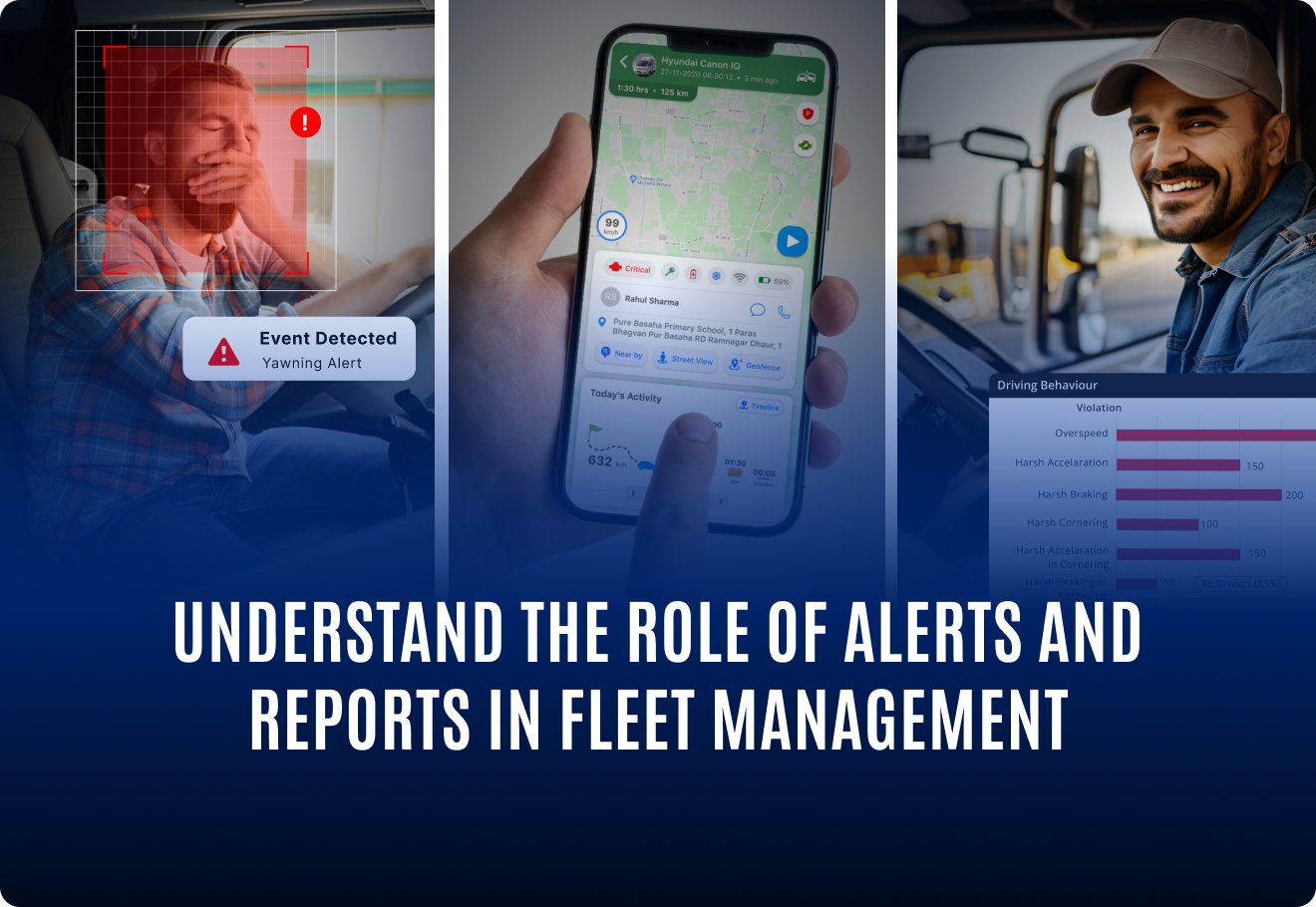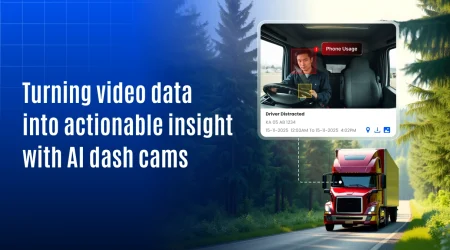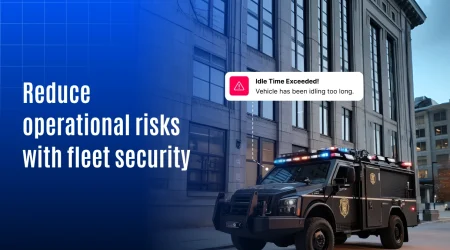The role of alerts and reports in smart fleet management

Fleet operations don’t run on assumptions, they run on alerts and reports. For every vehicle that’s moving, idling, refueling, or crossing a geofence, there’s data being generated. But the value isn’t in the data alone, it’s in how it’s processed and used. That’s why real-time alerts and layered reports have become critical tools for fleet managers who want visibility and control at all times.
Modern fleet management software simplifies the process of capturing, delivering, and understanding this information. Whether it’s a single notification about a vehicle’s violation or an end-of-day report summarizing hundreds of trips, these tools drive smarter, faster decisions.
Why real-time alerts matter more than ever
Alerts are your first responders. When something goes wrong or even when it might go wrong, they provide the heads-up that can prevent accidents, reduce downtime, or trigger a follow-up action.
Fleet software today supports a wide variety of configurable alerts. It lets managers choose what matters to them most: speed violations, engine behavior, unauthorized movement, sensor deviations, and more. These alerts aren’t just pop-ups—they’re designed to reach you wherever you are, via SMS, email, app notification, or even integrated API systems.
What makes alerts truly powerful is their precision. The ability to assign alerts to specific vehicles, tailor them to a time window, or grade them by severity means you don’t just get notified, you get notified the right way.
Reports that cover every operational angle
If alerts are the system’s reflexes, reports are its memory. They help fleet managers track long-term trends, analyze activity, and identify where improvements are needed. And in a platform built for scale, reports go well beyond just trips and fuel logs.
Today’s fleet software generates reports across dozens of categories, including vehicle activity, driver behavior, sensor status, maintenance, fuel efficiency, expense tracking, and more. Each report comes with configurable filters so users can extract exactly the insights they need, when they need them.
But what truly sets these reports apart is their layered structure. Fleet managers can scan summary reports for high-level insights, and then expand those summaries to reveal more granular data, creating a seamless flow from overview to detail without ever switching screens.
And if a manager wants daily reports without manually pulling them each time? Scheduling and auto-delivery options handle that too.
Alerts + Reports = Operational edge
What happens when you combine the immediacy of alerts with the depth of reports? You get a system that doesn’t just tell you what happened, but also why, where, and how often.
- Alerts provide real-time awareness.
- Reports provide post-event clarity.
- Together, they enable action, accountability, and improvement.
Fleet managers using these tools don’t wait for problems to escalate, they’re prepared. They make decisions with context. They track patterns, validate assumptions, and justify their choices with evidence.
Why software makes all the difference
Manually tracking 10 or 100 vehicles and compiling spreadsheets is neither scalable nor sustainable. That’s where modern fleet software proves invaluable. It brings everything alerts, reports, filters, history, scheduling into one centralized, accessible ecosystem.
And it doesn’t stop at what’s standard. It anticipates what fleet managers might need across industries, time zones, roles, and operational priorities and offers a reporting and alerting system that adapts to those nuances.
Conclusion
Alerts and reports aren’t optional, they’re foundational to smart fleet management. Whether it’s reacting in real time or planning for tomorrow, they help operators stay in control, stay compliant, and stay ahead.
The real question isn’t if your software should have alerts and reports, it’s whether it’s giving you the ones that truly matter. Because in a world where every second and every route counts, visibility isn’t just nice to have, it’s non-negotiable.
And if your current system isn’t delivering on that? It might be time to see what smarter software looks like.



